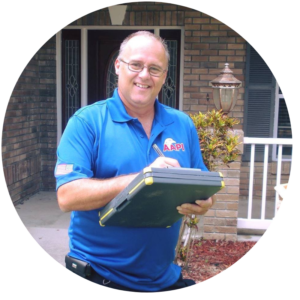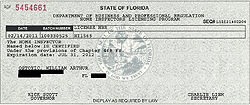
How to Protect Your Home from The Hazards
There are quite a few reasons why protecting your home from hazards should be a top priority for homeowners. Ensuring that your home is hazard-proof will do a great deal in saving you money in the future.
Taking the time and effort to protect your home from the unfathomable is a great way to ensure the longevity of your prized possessions and loved ones, too.
Protecting your home from hazards is a serious undertaking and should be treated as such. There are many types of hazards that can devalue or even destroy your home.
Safety Hazards to Watch Out for Around the House
1. Fire Hazards:
One of the most common types of hazards, and most troublesome is fire hazards. Fire hazards can ruin everything you’ve worked for. The best way to prevent fire hazards is to check for fire prone areas in your house.
You should also make sure your home is fully equipped with an up-to-date fire alarm system and a fire extinguisher in the home. If you live near a grassy or wooded area, forest fires can be a concern. The best advice for protecting your home from a forest fire is to make sure to clear a 50-foot perimeter around your home.
2. Electric Hazards
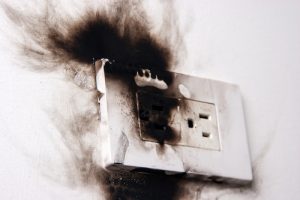 Something I see all the time while doing 4 point inspections is faulty wiring. Checking the electrical chords is typically a great start to preventing anything from happening. Exposed wiring in the sockets and overloaded wiring in the sockets are both worth looking out for.
Something I see all the time while doing 4 point inspections is faulty wiring. Checking the electrical chords is typically a great start to preventing anything from happening. Exposed wiring in the sockets and overloaded wiring in the sockets are both worth looking out for.
Checking with your hands to feel if electrical outlets are warmer than usual is another good way to check to see if you’re facing an electrical hazard. All of your outlets should be covered. If they aren’t, you could be exposing your family & home to a potential fire hazard.
3. Heating Hazards
One common hazard homeowners face is with using space heaters or other alternative heating sources. Older space heaters pose a bigger threat to homes than more modern versions.
If you do have a space heater in your home, it’s advisable to keep it as far away from furniture as possible. Placing a space heater near curtains or furniture can quickly lead to a devastating fire.
Properly placing your space heater can have a great impact in preventing a house fire. Space heaters and alternative heating methods are an unsuspecting hazard to your home.
If you have any hazards in your home that you think may be posing an unnecessary risk to you or your family, those risks should be eliminated as soon as possible. An unnecessary amount of hazards to your home could have a great amount of serious repercussions on your home and family.
For instance, if you need to sell your home in the near future, too many hazards can make the task that much more difficult since the home buyer will not want to have to fix all of it. By rectifying any safety hazards around your home you will not only be taking the necessary steps to protect your home, and to ensure of its healthy upkeep when the time to sell approaches.

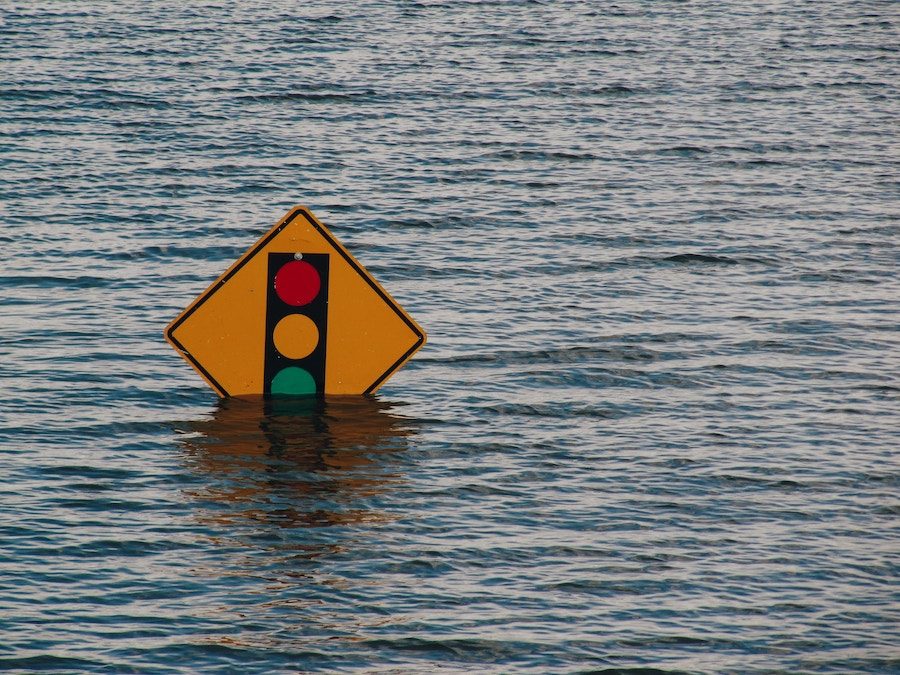
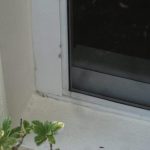 The number one place of water intrusion that I find in homes is through where the caulking has separated at the doors and windows.
The number one place of water intrusion that I find in homes is through where the caulking has separated at the doors and windows.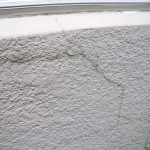 Water can go through a stucco crack and through a concrete block wall to the home’s interior. If you have stucco cracks, they should be sealed with caulk and then the caulk painted over.
Water can go through a stucco crack and through a concrete block wall to the home’s interior. If you have stucco cracks, they should be sealed with caulk and then the caulk painted over.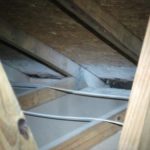 Many people think that because they put a 40 year shingle on their roof that they will not have to worry about the roof for at least 35 years. Well, that may be true in other parts of the United States, but not here in Florida.
Many people think that because they put a 40 year shingle on their roof that they will not have to worry about the roof for at least 35 years. Well, that may be true in other parts of the United States, but not here in Florida.
